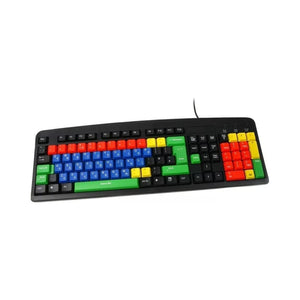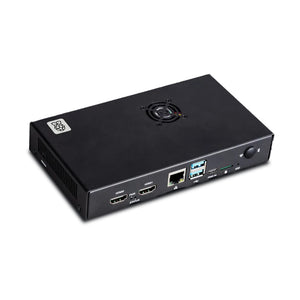Are you interested in working with embedded systems using the powerful and efficient Rust programming language? The Raspberry Pi Pico 2, powered by the RP2040 microcontroller, is a great platform for exploring embedded development, and Rust is an excellent choice for building fast and reliable applications.
In this blog, we’ll explore an excellent guide to getting started with Rust on the Raspberry Pi Pico 2, offering insights on setting up your environment, programming the board, and building projects. Whether you're a beginner or an experienced developer, this article can help you unlock the full potential of your Raspberry Pi Pico 2 with Rust.
What You’ll Learn:
- Setting Up the Development Environment: Learn how to configure the necessary tools, such as rustup and cargo, for embedded development with Rust on your Raspberry Pi Pico 2. This section covers all the installation steps, ensuring you’re ready to dive into coding.
- Flashing and Debugging: Understand the process of flashing Rust programs onto your Pico 2 and learn how to debug your code. The guide explains how to load your first "Hello, World!" program and troubleshoot any issues that may arise.
- Hardware Interfacing with Rust: Discover how to interface with the Raspberry Pi Pico 2’s hardware, utilizing its GPIO pins, I2C, SPI, and more. The article provides practical examples and tips for effectively working with the board’s features.
- Best Practices: With Rust’s safety features and memory management, the article helps you understand the benefits of using Rust in embedded systems, such as preventing memory leaks and ensuring robust, crash-resistant code.
Why Choose Rust for Embedded Systems?
Rust’s memory safety features and zero-cost abstractions make it an excellent choice for embedded development, where low-level control and efficiency are essential. The combination of the Raspberry Pi Pico 2's powerful hardware and Rust’s safety and performance characteristics creates a potent toolset for building high-quality embedded applications.
Get Started with Rust on Raspberry Pi Pico 2:
If you're ready to start exploring embedded development with Rust on the Raspberry Pi Pico 2, check out the full article below for detailed instructions and examples:
Read the Full Guide on Rust with the Raspberry Pi Pico 2 (RP2040)
Credit:
This insightful guide was written by Murray Todd, and we thank him for providing such a comprehensive and beginner-friendly resource on using Rust with the Raspberry Pi Pico 2.








